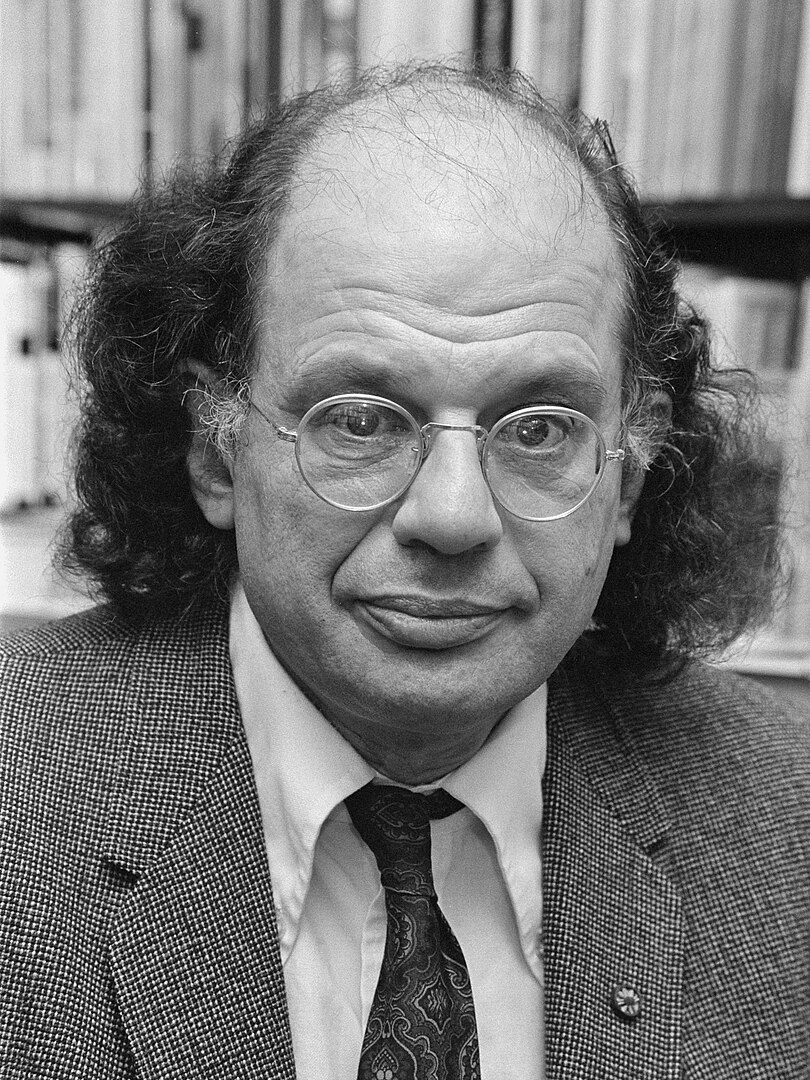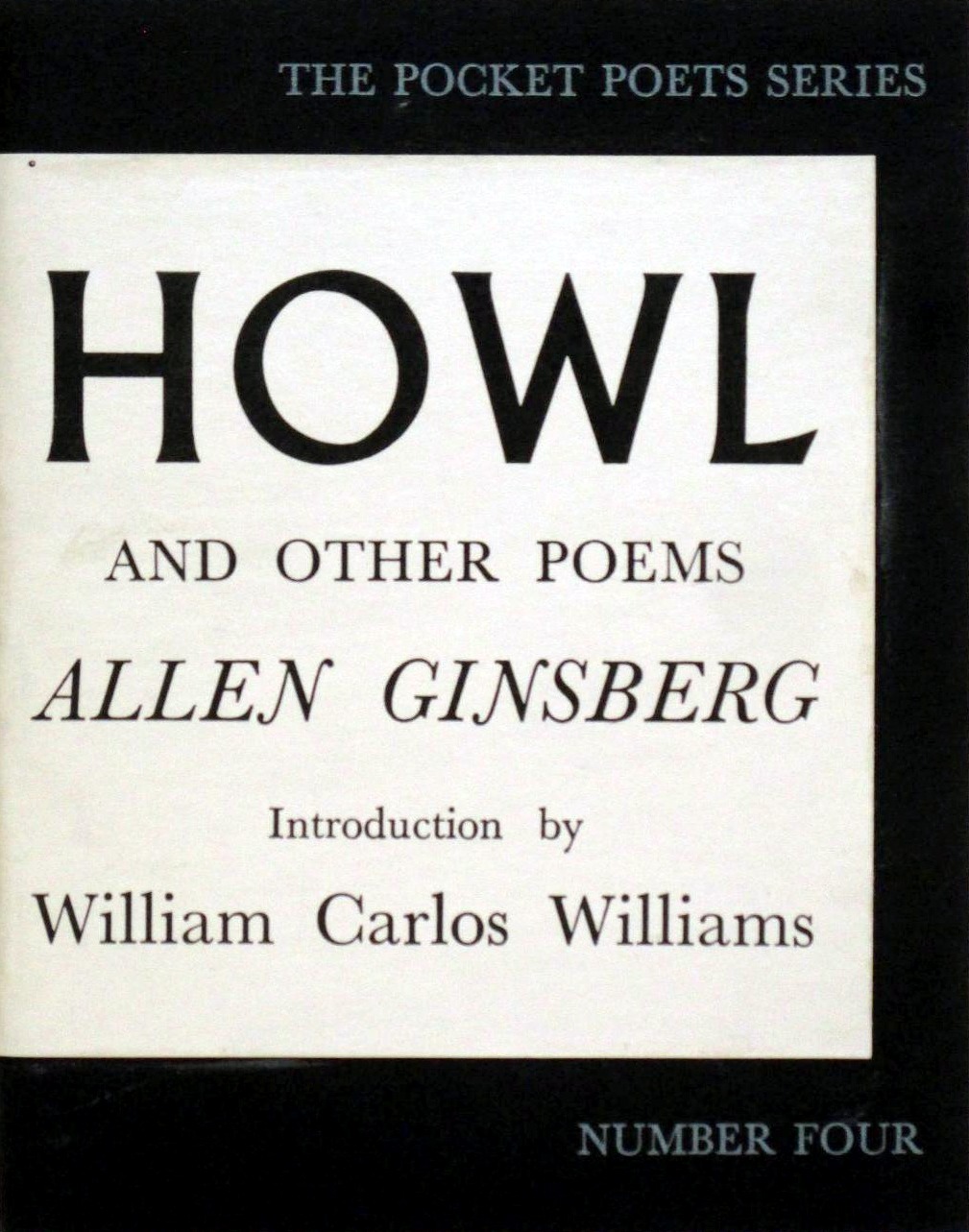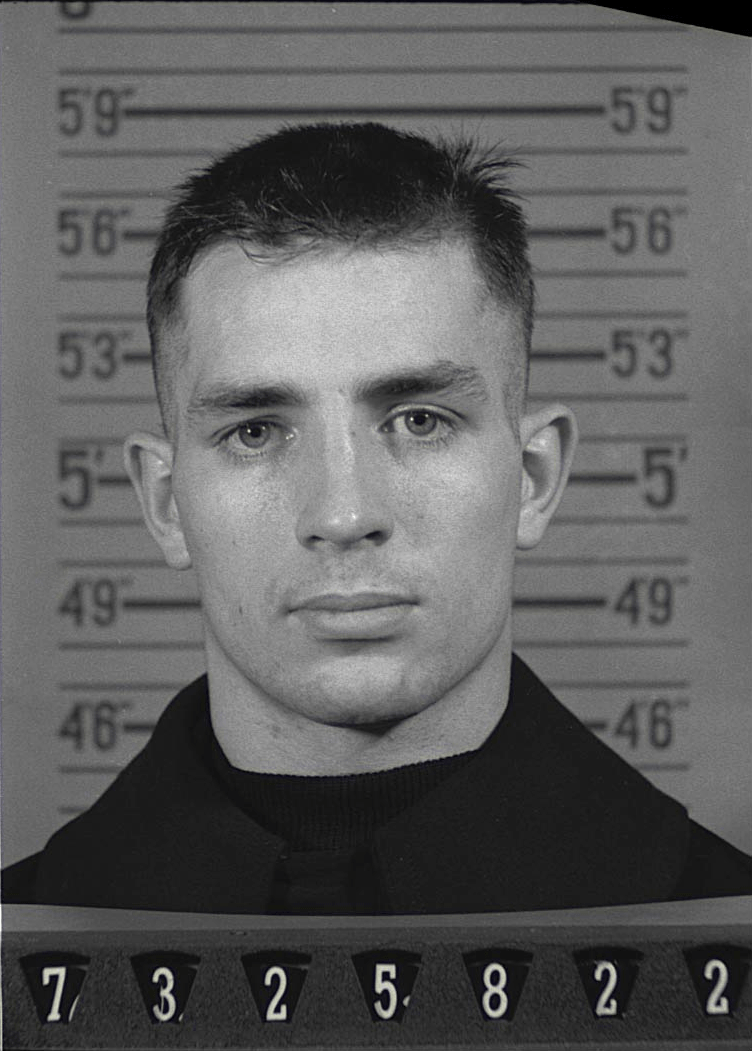New York City, a melting pot of culture, art, and innovation, played a pivotal role in the emergence and development of the Beat Generation, a literary movement that began in the 1950s. The city’s vibrant streets, diverse neighborhoods, and dynamic cultural scene provided the perfect backdrop for the Beat poets and writers, who sought to challenge the conventions of their time through their radical and unconventional works.
What Is the Beat Generation?
The Beat Generation refers to a group of American writers and artists in the 1950s and early 1960s who explored and influenced American culture through their unconventional approach to literature, art, and lifestyle. Characterized by a rejection of mainstream American values, the Beats embraced personal freedom, spontaneous creativity, spiritual exploration, and the questioning of traditional norms. Their work often featured open, candid expressions of sexuality, drug use, and a fascination with Eastern religions, which was radical at the time.
The Birthplace of a Movement
The Beat Generation’s influence and evolution can be contextualized within specific eras, each marked by distinct societal, cultural, and political landscapes that shaped and were shaped by the movement.
Late 1940s to Mid-1950s – Formation and Foundation
In the immediate post-World War II era, the United States experienced a surge of economic prosperity that led to the rise of consumer culture and the suburban ideal. However, beneath this facade of affluence and stability, there was a growing sense of dissatisfaction among certain segments of the population, particularly among young intellectuals and artists. It was during this time that the core members of the Beat Generation began to find each other and form their foundational ideas.
In New York City, especially in Greenwich Village, figures like Jack Kerouac, Allen Ginsberg, and William S. Burroughs started to challenge the prevailing norms through their literary works and lifestyles. This period was characterized by the group’s internal consolidation, where they developed their key themes of non-conformity, spiritual exploration, and a rejection of materialism.
Late 1950s – Emergence and Public Recognition
By the late 1950s, the Beat Generation began to gain public recognition, largely due to the publication of seminal works such as Ginsberg’s “Howl” (1956) and Kerouac’s “On the Road” (1957). These works captured the spirit of the Beat Generation and introduced its ethos to a wider audience. “Howl,” with its raw, unapologetic critique of modern society, and “On the Road,” with its celebration of freedom and adventure, resonated with a growing number of young people disillusioned with the conservative values of the time.
This era also saw the Beat Generation’s influence expand beyond New York City to other parts of the United States, including San Francisco, which would later become a hub for the Beat and subsequent countercultural movements.
Early 1960s – Expansion and Diversification
As the 1960s began, the Beat Generation’s influence permeated deeper into American culture, contributing to the burgeoning countercultural movement that would define the decade. The Beats’ open embrace of Eastern philosophies, sexual liberation, and experimentation with psychedelic drugs began to intersect with the broader social and cultural shifts of the 1960s.
During this time, the Beat Generation also began to diversify as new voices emerged, including female writers and poets like Diane di Prima and Anne Waldman, who brought new perspectives to the movement. Furthermore, the Beats’ influence on music became more pronounced, particularly on the emerging folk and rock scenes, with artists like Bob Dylan and the Beatles citing Beat literature as a significant influence.
Mid-1960s and Beyond – Legacy and Influence
By the mid-1960s, while the core period of the Beat Generation had passed, its impact continued to be felt across various domains. The Beats had laid the groundwork for the civil rights movement, the anti-war movement, and the sexual revolution, all of which came to the fore in the late 1960s and early 1970s. The Beat ethos of challenging authority, embracing personal freedom, and seeking spiritual enlightenment had become embedded in the fabric of American counterculture.
In the decades that followed, the Beat Generation’s legacy endured through its influence on literature, music, film, and social movements. The Beats’ pioneering exploration of alternative lifestyles and their quest for deeper meaning in a post-war world continue to inspire new generations, making the Beat Generation an enduring symbol of resistance, exploration, and creativity.
Iconic Gathering Spots – The Heartbeat of the Beat Generation
In the vibrant tapestry of New York City’s cultural scene during the 1950s and 1960s, certain locales stood out as pivotal hubs for the burgeoning Beat Generation. These weren’t just places to eat and drink; they were crucibles of creativity, where the boundaries of art, literature, and societal norms were pushed and prodded by some of the most influential minds of the era.
- San Remo Café: Located in Greenwich Village, the San Remo Café was a legendary hub for artists, writers, and intellectuals. Its unassuming exterior belied a vibrant interior where passionate debates and poetic discourse thrived. The café’s relaxed atmosphere and diverse clientele made it a perfect venue for the Beats to express radical ideas, host spontaneous poetry readings, and engage in philosophical discussions.
- Cedar Tavern: The Cedar Tavern, situated close to the San Remo, offered a moodier, more intimate setting. It attracted a mix of Beats and abstract expressionist painters, fostering a rich exchange of ideas across artistic disciplines. The tavern’s dimly lit, secluded ambiance was ideal for candid discussions and the formation of creative collaborations, influencing both literary and visual art communities.
- Beyond Cafes and Bars: Bookstores such as the Strand and Gotham Book Mart became crucial non-traditional gathering spots, hosting readings and serving as platforms for intellectual exchange. These spaces provided access to a vast array of literature and philosophical works, feeding the Beats’ intellectual and creative appetites. The private apartments and lofts of Beat figures also played a significant role, hosting gatherings where discussions could extend into the early hours, fostering a deep sense of community and collaboration among the group.
Columbia University – The Crucible of Beat Creativity
In the early stages of the Beat movement, Columbia University emerged not just as an educational institution, but as a pivotal breeding ground for the radical ideas and collaborations that would come to define this literary revolution. Nestled in the heart of New York City, Columbia provided a unique confluence of intellectual rigor, cultural diversity, and artistic freedom that deeply influenced the nascent Beat Generation.
A Meeting of Minds
The significance of Columbia University in the Beat saga cannot be overstated. It was within its venerable halls and on its sprawling campus that Allen Ginsberg, Jack Kerouac, and Lucien Carr, among others, crossed paths and forged the bonds that would become foundational to the Beat ethos. These young minds were drawn to Columbia not only for its academic prestige but also for the promise of engaging with a vibrant community of thinkers, writers, and artists.
Intellectual Stimulation and Rebellion
The academic environment at Columbia was rigorous, steeped in classical literature, philosophy, and the humanities. Professors like Lionel Trilling and Mark Van Doren were influential figures, challenging students to engage critically with both the canon of Western literature and contemporary works. This intellectual stimulation provided a fertile ground for the Beats, who absorbed these influences even as they began to question and ultimately rebel against the constraints of traditional literary forms.
For Ginsberg, Kerouac, and their peers, Columbia became a space where they could grapple with complex ideas, from the existentialist writings of Sartre and Camus to the mystical texts of Eastern religions. These explorations would deeply inform their own works, which sought to break free from the staid conventions of their predecessors and express the raw, unfiltered reality of human experience.
Beyond the Classroom – Columbia’s Broader Influence
The impact of Columbia on the Beat Generation extended beyond the classroom and academic discourse. The university’s location in New York City provided unparalleled access to the diverse cultural and social landscapes of the metropolis. Jazz clubs, art galleries, and the bohemian lifestyle of Greenwich Village were all within reach, offering a real-world education that complemented and contrasted with their academic pursuits.
Moreover, Columbia’s role as a gathering place for young intellectuals facilitated the exchange of ideas not just among the Beats themselves but with other students and faculty who were similarly questioning the status quo. This dynamic interplay between the academic and the bohemian, the structured and the spontaneous, helped to shape the distinctive voice of the Beat Generation.
A Legacy of Literary Innovation
The influence of Columbia University on the Beat Generation was both profound and lasting. The relationships formed during these formative years, the intellectual challenges encountered, and the creative freedom fostered by the university environment played a crucial role in the development of Beat literature. Works such as Ginsberg’s “Howl” and Kerouac’s “On the Road” bear the indelible marks of their Columbia experiences, blending high culture with street vernacular, classical form with spontaneous expression.
Hence, Columbia University served as a crucible in which the raw materials of the Beat Generation were refined and transformed. The intellectual hub provided not just a backdrop for the movement’s emergence but was actively instrumental in shaping the voices, themes, and innovations that would come to define it. As a result, the legacy of the Beat Generation is inextricably linked with Columbia, a testament to the enduring power of education and community in the genesis of literary revolution.
Literary Landmarks and Achievements
- New York City as a Muse and Character: The city’s dynamic energy and diverse cultures deeply influenced Beat literature, making it a backdrop and character in many works. New York’s streets, with their vibrant mix of people and ideas, provided a rich tapestry for the Beats to draw upon, reflecting the movement’s ethos in the urban landscape.
- Jack Kerouac’s “On the Road”: Although a narrative of cross-country travel, “On the Road” begins and concludes in New York City, highlighting its significance to the Beat journey. The novel’s depiction of New York captures a sense of both departure and return, framing the city as both a starting point and a place of reflection for the nomadic Beat lifestyle.
- Allen Ginsberg’s “Howl”: Howl emerged as a seminal work for the Beats, articulating the generation’s disillusionment and desires. While the poem was first read in San Francisco, its emotional and thematic core was forged in New York, where Ginsberg experienced and observed the contradictions and challenges of modern urban life. The poem’s raw, unfiltered critique of society reflects the influence of New York’s complexity and intensity on Ginsberg’s creative vision.
- New York’s Role in Beat Identity: The city’s landscapes and experiences were integral to shaping the identities and works of Beat writers, offering endless sources of inspiration and conflict. New York’s status as a cultural and literary hub facilitated the Beats’ exposure to a wide range of influences, from jazz to abstract expressionism, which permeated their work.
- Influence on Subsequent Literary Movements: The portrayal of New York in Beat literature set a precedent for subsequent generations of writers, who would continue to explore the city’s multifaceted character in their own works. The Beats’ exploration of urban themes and existential queries in a New York context laid the groundwork for later literary movements, highlighting the city’s enduring impact on American literature.
The Legacy of the Beats in New York
The Beat Generation, a group of American writers and artists in the 1950s and 60s, left an indelible mark on New York City, influencing not just literature but also music, visual arts, and social movements. Their presence in New York, particularly in neighborhoods like Greenwich Village, became the epicenter of a cultural revolution that would shape the city’s identity for decades to come.
Impact on Music
The Beats had a profound influence on the music scene in New York, especially jazz. Their works often reflected the rhythms, improvisations, and spontaneous expressions found in jazz music, which they considered a symbol of creative freedom and rebellion against societal norms. Icons like Jack Kerouac and Allen Ginsberg were known for their collaborations with jazz musicians, and their readings were often accompanied by jazz performances. This fusion of poetic expression and jazz set the stage for future musical genres that would emerge from New York, such as punk and hip-hop, which similarly embraced improvisation and social commentary.
Visual Arts and the Beat Influence
In the realm of visual arts, the Beats inspired a generation of artists to explore new forms and expressions. Their emphasis on spontaneity and the breaking of traditional boundaries resonated with the abstract expressionist movement that was burgeoning in New York. Artists like Jackson Pollock, who were contemporaneous with the Beats, shared similar ideals in their quest for authentic, unmediated forms of expression. The Beat aesthetic, with its rejection of conventional standards and exploration of the subconscious, left a lasting impact on the visual arts scene in New York, encouraging a culture of experimentation that would influence various art movements to come.
Social Activism and the Counterculture
Perhaps one of the most significant impacts of the Beats in New York was their contribution to the burgeoning countercultural movement. Their outspoken criticism of materialism, militarism, and sexual repression echoed through the city’s cafes, bookstores, and lecture halls, challenging the status quo and inspiring a new wave of social activism. The Beats’ exploration of Eastern philosophies and emphasis on personal freedom and self-exploration influenced the peace and civil rights movements of the 1960s. Their legacy can be seen in the widespread social changes that these movements brought about, many of which continue to resonate in today’s societal and cultural landscape.
The Beats’ Enduring Legacy in New York’s Soul
The legacy of the Beat Generation in New York City is not just a historical footnote but a living influence that continues to permeate the city’s cultural fabric. Their spirit of rebellion, innovation, and quest for deeper meaning lives on in the city’s art galleries, performance spaces, and activist communities. The Beats’ impact on New York is a testament to their visionary approach to art and life, challenging each generation to question, explore, and express with the same unbridled passion that they did.
Key figures in the Beat Generation
- Jack Kerouac: Often considered the spokesperson for the Beat Generation, Kerouac is best known for his novel “On the Road,” which epitomizes the Beat ethos of freedom, travel, and exploration.
- Allen Ginsberg: A central figure in the Beat movement, Ginsberg’s poem “Howl” is one of the most famous works of Beat literature, critiquing the conformist culture of the United States and championing personal freedom.
- William S. Burroughs: Known for his experimental novel “Naked Lunch,” Burroughs’ work delves into themes of control, addiction, and societal decay, employing a non-linear narrative style.
- Neal Cassady: While not a writer in the traditional sense, Cassady was a major influence on his Beat peers, serving as the muse for several key Beat works, including Kerouac’s “On the Road,” where he appears as Dean Moriarty.
- Gregory Corso: A poet who became a significant figure in the Beat movement, Corso’s works are known for their humor, wit, and unconventional style, reflecting the Beat generation’s disdain for societal norms.
- Lawrence Ferlinghetti: A poet, painter, and the co-founder of the City Lights Bookstore and publishing house in San Francisco, Ferlinghetti was a key supporter and publisher of Beat writers.
- Gary Snyder: Often associated with the Beat Generation, Snyder is a poet whose work is heavily influenced by Buddhist spirituality and environmental themes, reflecting the Beats’ interest in Eastern philosophies.
- Lucien Carr: A key member of the original New York City circle of the Beat Generation, Carr was instrumental in bringing together many of its key figures, though he did not seek public recognition for his own literary works.
- Herbert Huncke: A writer and street hustler who introduced the Beat writers to the term “beat,” Huncke’s lifestyle and experiences provided much of the material for the gritty, realistic detail found in Beat literature.
- John Clellon Holmes: While not as widely recognized as his peers, Holmes made significant contributions as a novelist and essayist. He is notable for writing the first magazine article to mention the “Beat Generation,” which appeared in a 1952 issue of The New York Times Magazine.
These individuals, among others, played significant roles in shaping the Beat Generation, each contributing their unique voice and perspective to the movement’s overarching themes of freedom, non-conformity, and a search for deeper meaning.
Conclusion
New York City was not just a backdrop for the Beat Generation; it was a vital contributor to the movement’s birth and evolution. The city’s diverse cultural landscape, iconic gathering spots, and intellectual hubs fostered an environment where the Beats could flourish. Through their groundbreaking works, the Beat poets and writers left an indelible mark on American literature and culture, with New York City playing a pivotal role in their revolutionary journey.




